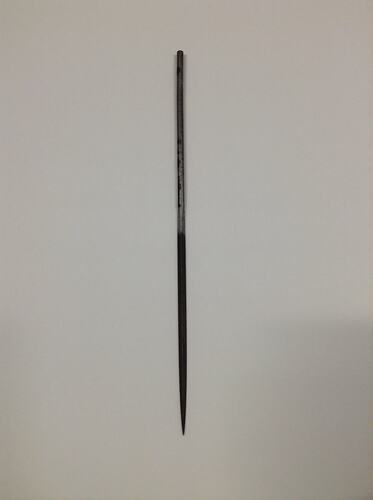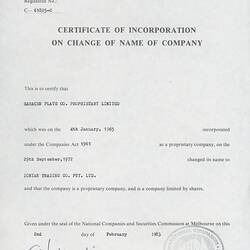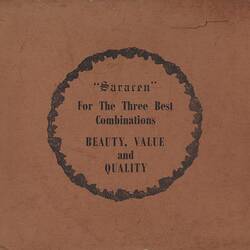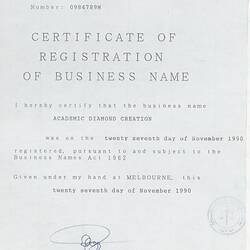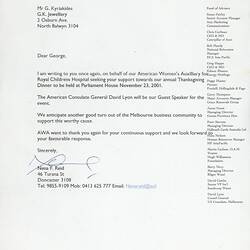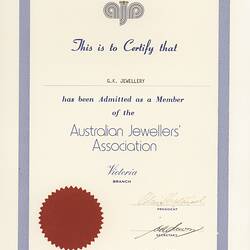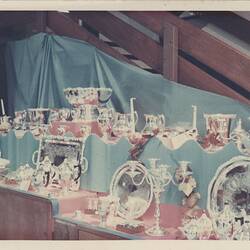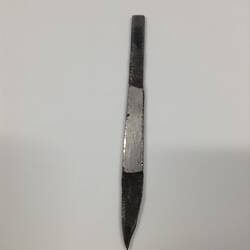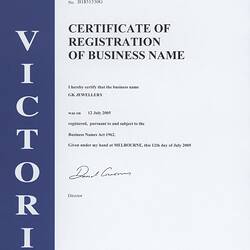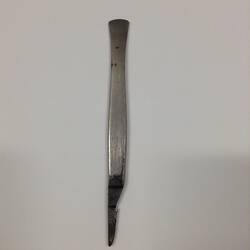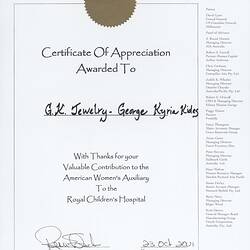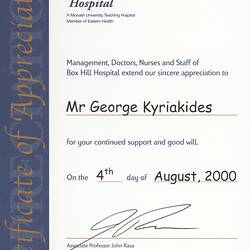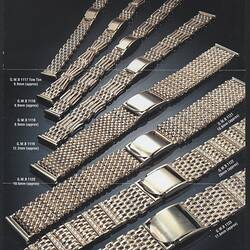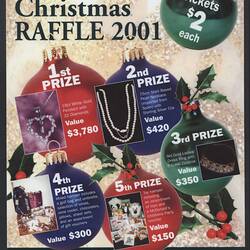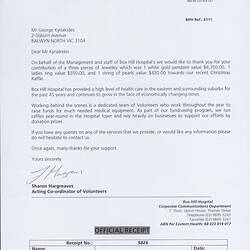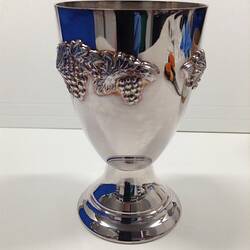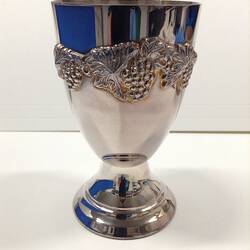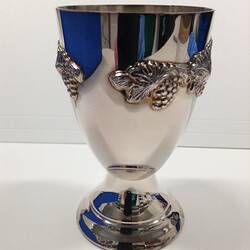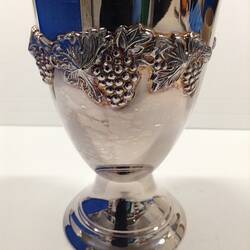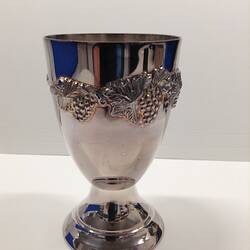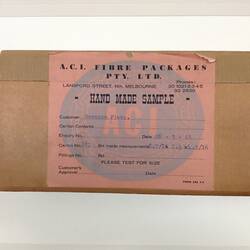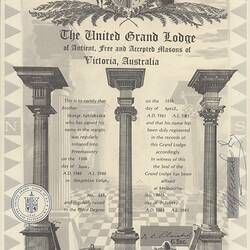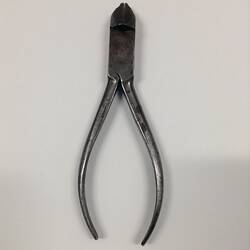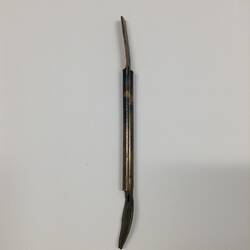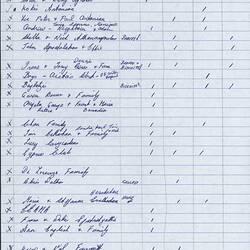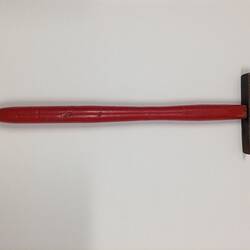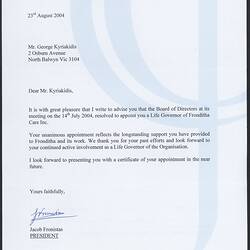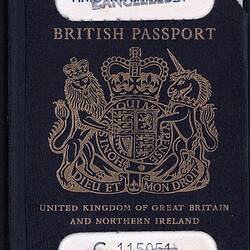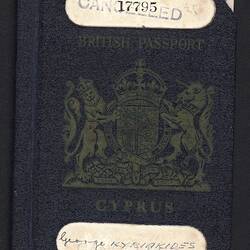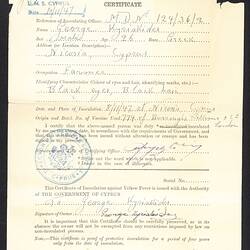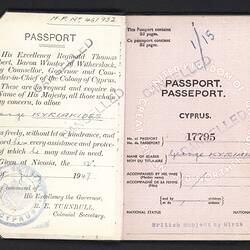Summary
This metal file is part of the set of jewellery making tools donated as part of the collection alongside the saracen slverware collection. It is primarily used to shape and deburr internal angles that are otherwise difficut to navigate. This file was used by George Kyriakides as part of the collection of tools used in his jewellery-making trade between 1949 and 2006.
George Kyriakides was born in 1921 in Larnaca, on the southern coast of Cyprus. In his early working years he was apprenticed to his father Petrou Kyriacou as a silversmith. During World War II, George served with the allied forces, as Cyprus was at this time under British rule. After the war, George migrated to Australia, arriving in Melbourne on New Year's Day 1948. In 1949 after a short engagement, George married Australian born Silvia Sarandis, the child of Greek migrants and had two children. Using his skills as a silversmith, he worked for a local silverware company and then proceeded to start his own silver smithing business under the name Saracen Plate Co, situated at 152 Lygon St, Carlton. Saracen Plate Co was a manufacturing wholesale business, and sold mainly to large clients such as Myers and Prouds Jewellery.
In 1974 George sold the wholesale silver smithing part of the business due to the difficulty in obtaining pure metals, and continued to work as a Jeweller under the name GK Jewellery until his retirement and beyond. In later years George was known for his generosity, due to multiple donations of valuable jewellery to many Melbourne hospitals and aged care facilities. George died in 2006 of natural causes, and is survived by his two children.
Physical Description
Long thin cylindrical metal file. File is triangular in shape, and tapers to a fine point. Used for jewellery making.
Significance
Statement of Historical Significance:
This collection offers a multi-faceted snapshot of a migrant small business in Lygon Street Carlton through tools of trade, product catalogue and a sample of the silverware produced for retail. It thus encapsulates a small business activity from production through to sale and distribution. It includes a beautiful filigree tray as well as more mainstream domestic silverware items. The collection enables the documentation of the passing on of trade traditions and skills from one generation to the next and the bringing of those skills to Australia, as well as capturing a particular craft, filigree work, which is a disappearing artform.
More Information
-
Collecting Areas
-
Previous Owner
-
Manufacturer
-
Manufacturer
-
Inscriptions
Stamped with 'SWISS MADE' and '1' at the cylindrical end of the file.
-
Classification
-
Category
-
Discipline
-
Type of item
-
Overall Dimensions
5 mm (Width), 5 mm (Depth), 220 mm (Height)
-
Keywords
Jewellers, Small Businesses, Cypriot Communities, Cypriot Immigration, Tools, Working Life, Trades, Silverware, Jewellers Equipment, Jewellery
